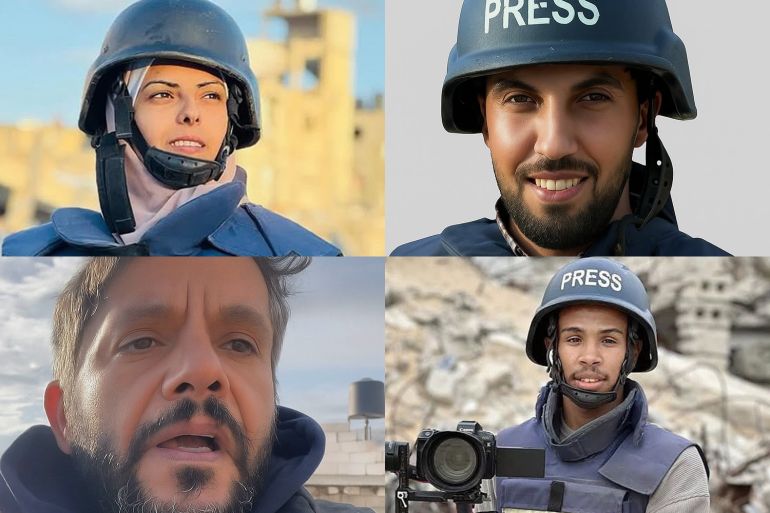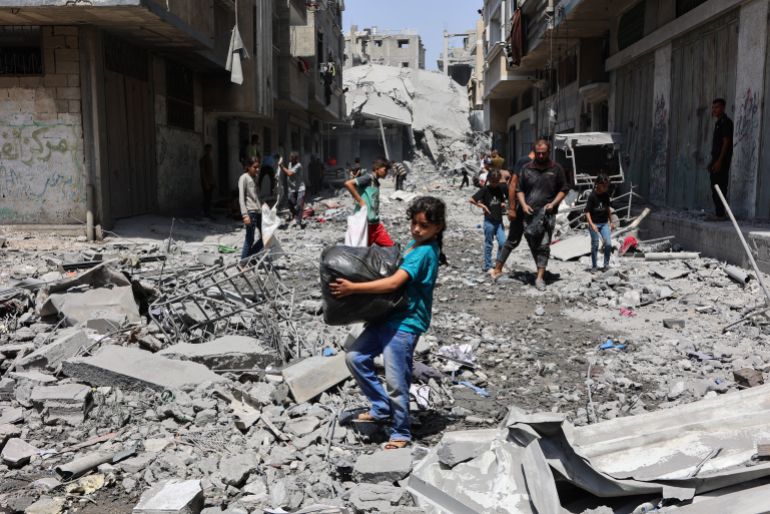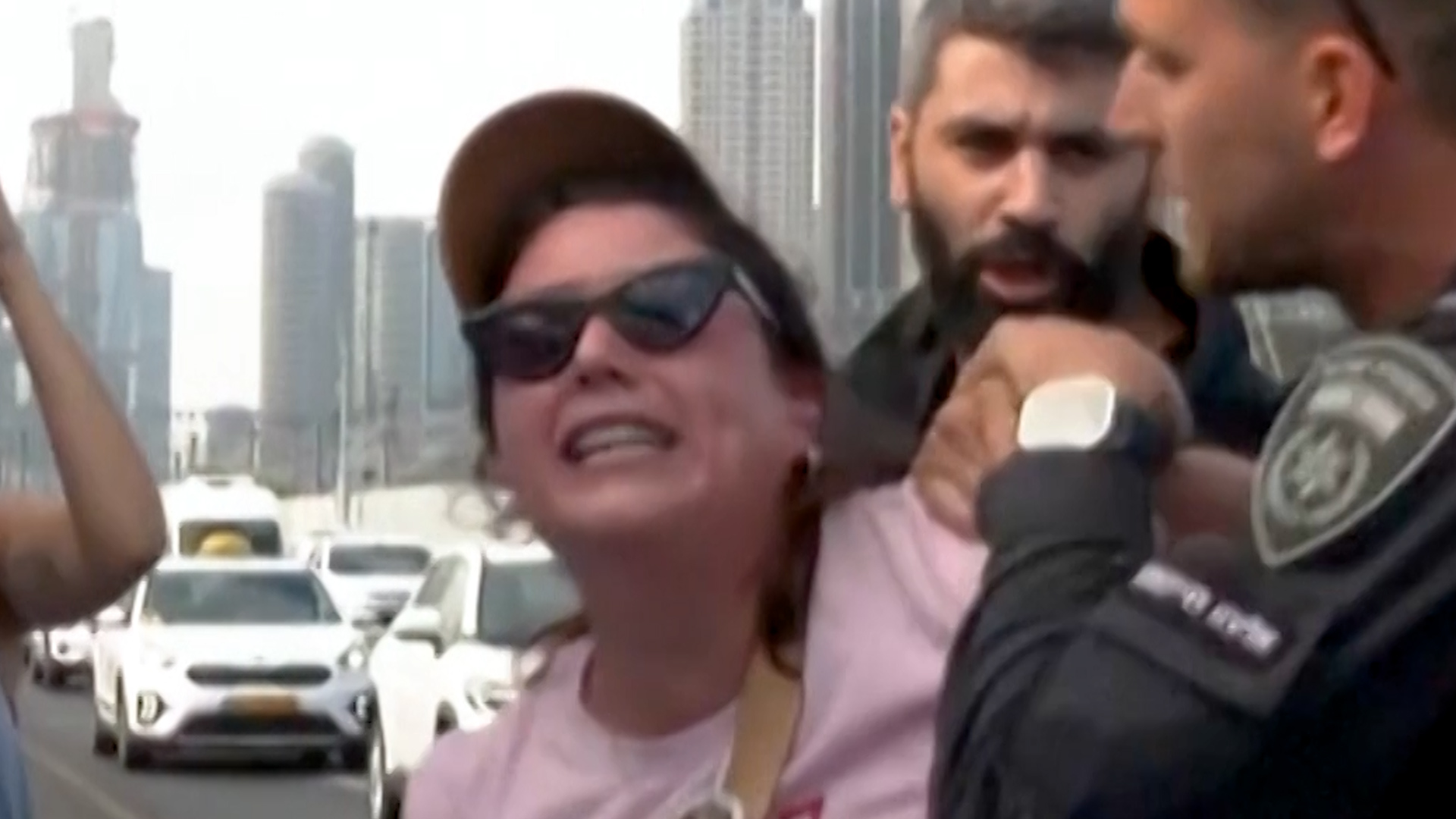In a deadly Israeli attack on Nasser Hospital in the southern Gaza Strip, 20 people were killed, including journalists and medical personnel.
In fact, the hospital in Khan Younis was struck twice on Monday, 10 minutes apart, about 10 a.m. (GMT).
Israeli Prime Minister Benjamin Netanyahu stated in a statement that Israel regrets what he described as a “tragic mishap” only in an English-language statement, without explaining how Israel had twice struck the same hospital in an ostensible error.
What does a double-tap strike mean exactly? Is it permitted? What we are aware of is:
What transpired at Nasser Hospital?
Hussam al-Masri, a Reuters cameraman who was directing the news agency’s live feed, was the first to strike the hospital’s top storey.
Rescue workers and journalists who had fled the scene to assist after the first strike were killed during the second strike, which was captured on camera.
Dr. Mimi Syed, who has conducted two volunteer missions to Gaza, told CNN that Israel had instructed foreign doctors to leave the hospital before the attack for “some arbitrary reason” and that they were instructed not to do so until the following day. Netanyahu’s claim of a “tragic mishap” is “absolutely untrue.
https://x.com/_ZachFoster/status/1960073822985437419
A double-tap strike is what?
It’s basically two strikes on the same target.
The second strike is intended to kill any rescuers who come in for assistance, the first one or people.
Under former President Barack Obama’s administration, the United States is thought to have been one of the first to extensively use double-tap drone strikes in Pakistan, Yemen, and Afghanistan.
Other armies, such as those of Ukraine’s Bashar al-Assad and Syrian President Bashar al-Assad, adopted the tactic.
How frequently does Israel use it?
According to a , a joint investigation by Israeli publications + 972 and Local Call, Israel is now “routinely” using the tactic in its war against Gaza.
According to a source in one of the military command centers oversawing the strikes, planners are aware that the tactic amounts to a death sentence for the a few hundred or so victims of the initial strike and their aides.
The source explained that if a senior commander is struck, another one will be carried out in the future to prevent rescue efforts.
They kill first responders and rescue teams, according to the saying. They return and strike on top of them.
Is it permitted?
Not at all.
The 1949 Geneva Conventions, which prohibit the targeting of medical personnel, those assisting in rescue efforts, or those who were hurt during the first strike, are known as double strikes.
In fact, the strikes on Monday targeted a hospital with a large number of doctors, nurses, and journalists.
Despite the fact that all of the above are protected by international law, Israel has consistently been accused of attacking them during its conflict in Gaza.
The total number of civil defense and healthcare workers Israel has killed during its war in Gaza is unknown. According to an Al Jazeera report, the number of journalists killed by Israel in Gaza on Monday is at least 273, making it the deadliest conflict for reporters ever.
Israel has also been accused of repeatedly attacking journalists with a purposeful intention in Gaza.
These are they “warning taps”?
No, you’re not referring to “roof-knocking.”
Roof-knocking is the practice of “warning” residents that a larger strike is imminent and ostensibly to give them time to evacuate by dropping light ammunition onto the roof of a target shortly before a primary strike.
Whole extended families would be forced to flee their homes in a matter of minutes when a residential building knocks on the roof.
What Israel refers to as “roof-knocking” refers to its earlier attacks on Gaza, including those in 2008, 2012, and 2014, and is frequently confused with any kind of warnings issued to residents of the area Israel wants to attack, sometimes giving them as little as five minutes to leave.
Amnesty International and other human rights organizations claim that Israel manipulates the initial strike to create a double tap by using heavier weapons during what might be a humanitarian measure.
Amnesty International criticized the practice during Israel’s 2014 offensive against Gaza, saying that “there is no way that firing a missile at a civilian home can constitute an effective “warning.”
Israel announced it would no longer give Palestinians this warning two days after it began its current conflict with Gaza. Instead, it stated that people would be guided out of harm’s way by text messaging and outdated maps.
What was said by Israel?
Netanyahu claimed that Israel “values the work of journalists, medical staff, and all civilians,” adding that “the military authorities are conducting a thorough investigation.”
https://x.com/netanyahu/status/1960030187933835604
The Israeli army claimed in a statement that it regrets “any harm to uninvolved individuals” and does not discriminate against journalists.
Israel will undoubtedly conduct an investigation?
According to an analysis released in August by Action on Armed Violence, 88 percent of the inquiries the Israeli military claimed to be conducting into its own conduct were stalled or closed without action.
Israel has known that 83 percent of the people it was killing during its war in Gaza, or 52, 000 of those killed, according to a leaked report from its own conflict.









